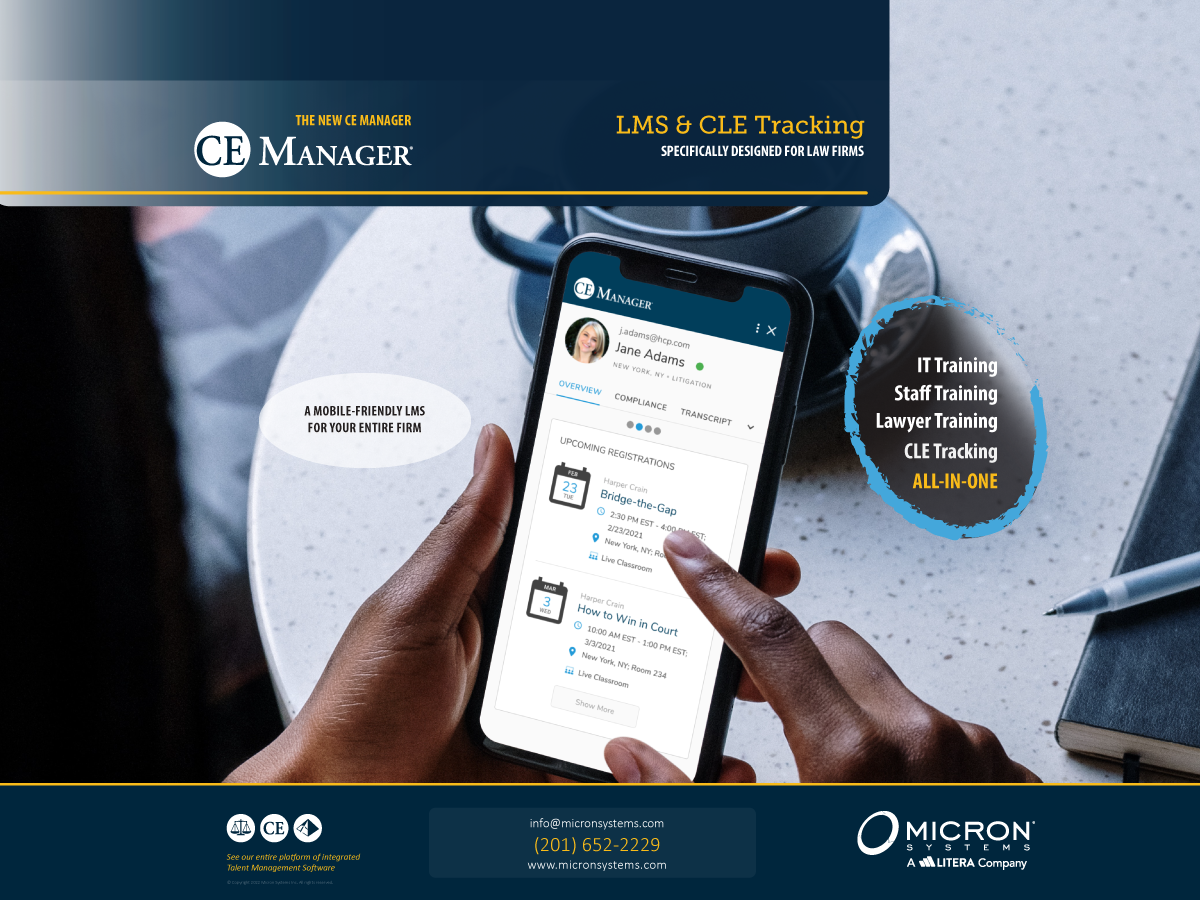More than two years into the pandemic, additional stressors are being heaped onto attorneys and staff that may go unnoticed in a (still) male, White-dominant profession. If these stressors are unacknowledged by well-being programs, we can expect limited progress in employee mental wellness.
THE FACTORS CONTRIBUTING TO THE “SYNDEMIC”
Numerous studies and articles have delved into the ways the pandemic affected women, particularly those in caregiving roles. We’ve also seen substantial attention paid to how COVID-19 affected people and communities of color. These topics are, to be sure, important and often take center stage on many news broadcasts and website splash pages, dissecting the effects of a changing work environment on well-being.
Less acknowledged are everyday negative stressors that uniquely affect those not in the dominant center of American society and the legal community. The Journal of the American Medical Association describes the interplay of these stressors and their effects as syndemic theory: “…synergistically related, clustered epidemics that arise from harmful social conditions.” Evidence abounds on LinkedIn, where posts frequently start with sentences such as, “We are not OK;” “Your Black friends are not OK;” “Your LGBTQIA+ colleagues are not OK;” or “Check in on your Asian American and Pacific Islander (AAPI) coworkers.”
Here are some reasons why:
- Model minority myth: Certain ethnic groups are often painted as ideal employees who can handle stress better than others. This can have the negative effect of dissuading attorneys and staff from seeking the mental help they need to prioritize their well-being.
- Racial battle fatigue: Those who are on the receiving end of microaggressions (and macroaggressions) carry stress that others don’t. Many colleagues face distressing racist experiences caused by people, policies and systems. The cumulative effect can be exhausting and is called racial battle fatigue. Constant fatigue also contributes to physical health issues. Being aware that coworkers could be dealing with this fatigue is a step in the right direction.
- Headlines: Similar to racial battle fatigue, the constant onslaught of news and social media headlines and videos describing or even showing injustices — and the ensuing outrage — can take a toll on our mental health, which in turn affects work performance.
- Health disparities: Although law firms and legal organizations are required to offer the same health care coverage to all employees, taking advantage of the benefits may look different for various groups. Some employees may have difficulty taking time off to address their health needs. Others may face pressure from their families, religions or ethnic groups to downplay or ignore health issues and needs. Some may have little to no support. With the rise in remote working options, many more employees live in areas where access to quality health care is difficult or nonexistent. Even telehealth options present technological hurdles.
HOW TO TAKE ACTION TO PROMOTE THE WELL-BEING OF ALL EMPLOYEES
Until law firms identify, recognize and address the above and similar barriers to employee well-being, wellness programs will struggle to gain traction and produce mediocre results. As law firm administrators, we help shape the culture of our firms.
Here are a few steps we can take to reduce barriers to workplace well-being for everyone:
- Embrace existing well-being programs: Fully participate, encourage colleagues to do the same and support those charged with creating the programs.
- Model best practices: It’s one thing to talk the talk and another entirely to walk the walk. Practice mindfulness, take the time you need to address both physical and mental health concerns and let coworkers know that they are also encouraged to take care of themselves.
- Pay attention: If you notice a coworker struggling, offer support in the way that they need it. Learn about holding space for people and provide them with a safe environment.
- Increase awareness: Learn about the factors and issues that affect your colleagues. Conversely, educate them on the ones with which you struggle. Sometimes that means having a conversation, and sometimes that means purposely refraining from having a conversation if it would retraumatize or further fatigue the person.
- Talk to leadership: It’s easy to get bogged down in the day-to-day operation of a law firm, no matter the size. Let your law firm leaders know that well-being is a priority and share what’s working and what isn’t working in existing wellness programs. Alert them to areas that need attention and provide suggestions.
Well-being isn’t something we achieve overnight, nor is it a fixed goal that, once reached, we can put on a shelf and walk away. Employee well-being is a constantly evolving practice that requires thoughtful consideration and constant reevaluation. Neither is well-being solely the responsibility of an employer. Rather, we are all partners in moving the legal community toward a healthier place for the sake of the industry, our clients and all our colleagues.


